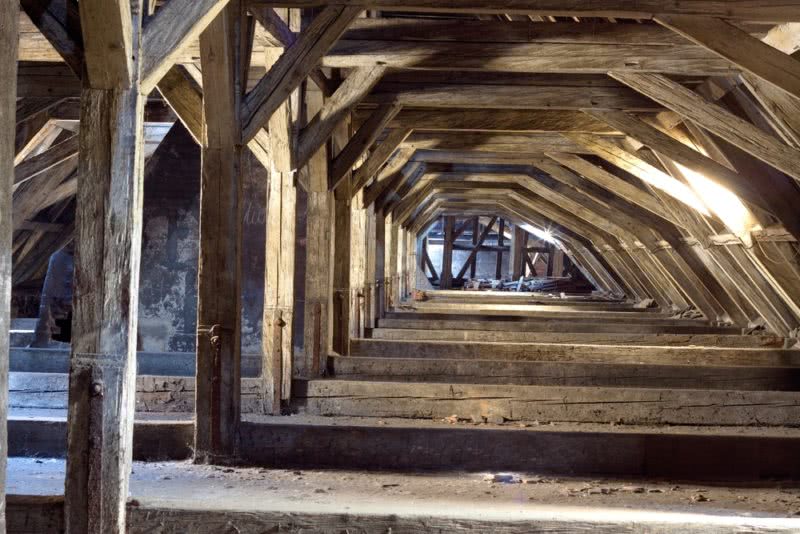Drafts in the attic allow air to escape, leading to less efficient home heating and cooling as well as increased energy bills. Prevent that drafty attic in your Asheboro, North Carolina, home from draining your savings dry by addressing the problem early.
Identify Sources of Air Leaks
Knowing the common signs of air leaks is important, but in some cases, you may have already felt a draft. Many people assume windows and doors are the biggest sources of leaks, but they’re wrong. According to Energy Star, drafty attics and basements are the leading causes of air leaks, so you need to look for hidden sources that allow air to escape.
When searching your attic and basement, closely examine:
- Knee walls that support the attic rafters
- The attic opening or hatch
- Recessed lights
- Furnace ducts or flues
- Plumbing vents
- Basement rim joists where the wood framing meets the foundation
- Electrical wiring holes
Try to pick a windy day to examine these key areas for drafts, since the outdoor breeze will make leaks more noticeable. You can also perform a smoke test using incense. Simply shut all doors, windows and flues before lighting a stick of incense. Hold it up near these common sources of drafts to see if the smoke moves. It may blow into the room or get sucked out of it. Either way, it indicates an air leak.
Prioritize the Attic
Even if you’ve noticed drafts in both the attic and basement, focus on the attic first by sealing the biggest holes. More air escapes through the attic than the basement, so you need to tackle any issues upstairs before moving on. From there, you can address drafts in the basement and crawlspaces.
Seal Those Leaks
Once you’ve identified any air leaks throughout the home, seal them with insulation, caulking, weather stripping or foam sealant. Use window stripping around doors, caulking around windows, and spray foam sealant in any gaps around pipes or plumbing fixtures. If you don’t use your attic for anything other than storage, cover every window with plastic and tape to keep air from escaping or coming in.
Insulate the Drafty Attic Properly
In some cases, your attic may be drafty from poor insulation. Even if your home was built with proper insulation, it degrades over time, so it’s essential you replace the insulation as needed.
Simply add filler insulation on top of the existing layer of insulation to seal any drafts. A well-insulated attic will retain more conditioned air during the summer and heat in the winter, keeping your entire home more comfortable all year long.
Blanket insulation is also a good choice for attic spaces. It’s easy to install on unfinished walls, ceilings and floors, and it’s flexible enough to use in between the attic’s wooden beams. You can also cut it in every shape imaginable, allowing you to fill those awkward gaps with ease. Just keep in mind that blanket insulation is rated by how much heat can pass through the material. The higher the rating, the higher quality the product.
Replace Recessed Lighting
Once you’ve addressed the big issues, it’s time to move on to those smaller drafts. Many homes have recessed lighting nowadays, which can allow heat to escape through the fixtures and into the attic. Unless your recessed lighting is installed in airtight cans, you can’t insulate the fixtures properly. Try replacing the traditional high hats with cans that you can insulate.
Replace the Attic Door
If you have an unused attic space, chances are you have a simple wooden door that doesn’t provide much insulation. It’s worth upgrading to an insulated door with a sweep at the bottom to prevent any airflow. This ensures your air conditioner or heater provides air to the living spaces only.
Properly insulating your attic takes time and a professional eye, so rather than go at it alone, enlist the help of professionals. Call Charlie’s Heating & Cooling at (336) 629-5453 to schedule a comprehensive attic insulation evaluation. We can determine the right insulation for your attic space so you can enjoy improved HVAC efficiency.
Image provided by Shutterstock









